Description
Product Description
Dimethyl sulfoxide (DMSO) or Methyl sulfoxide is one of the strongest organic solvents that exhibits complete miscibility in water and most organic polar liquids. It is produced through the oxidation of dimethyl sulfide with oxygen or nitrogen dioxide. It has both hydrophobic and hydrophilic properties depending on temperature. It plays an important role in the sample management and drug designing operations due to ability to dissolve different kinds of compounds. It is a common ligand in organic chemistry and used as a mild oxidant in organic synthesis. DMSO is also used in Polymerase Chain Reaction to reduce the formation of secondary structures of DNA template and primers.DMSO is also widely used in cell culture as a cryoprotective agent for cryopreservation of animal cells and tissues, DMSO is also widely used in cell culture as a cryoprotective agent for cryopreservation of animal cells and tissues, human embryos, and blood cells. It prevents the formation of ice crystals during the freezing process and prevents cell damage. It is generally used at 10% concentration (v/v) in the cell freezing medium. However, it has been used successfully at a concentration as low as 5% (v/v) for many cell lines. Use of lower concentrations of DMSO has the benefit of quicker post-thaw removal of this toxic reagent from cells upon dilution with growth medium. Apart from its utility in cryopreservation, DMSO has also been used for the induction of cell differentiation. Although DMSO is quite non-toxic by itself, it can be dangerous because of its solvent power. Hence, the materials (containers, filters, syringes,tips, pipettes etc.) that come in contact with DMSO should be DMSO compatible.Consumables and accessories made up of polypropylene, polymethyl pentene, nylon, teflon FEP, LDPE, HDPE, PPCO (polypropylene copolymer) are completely DMSO-compatible, whereas those of polystyrene, ECTFE/ETFE Consumables and accessories made up of polypropylene, polymethyl pentene, nylon, teflon FEP, LDPE, HDPE, PPCO (polypropylene copolymer) are completely DMSO-compatible, whereas those of polystyrene, ECTFE/ETFE are moderately DMSO compatible. Polysulfone, PVC tubings, and polycarbonate materials are incompatible with DMSO hence should not be brought in contact with DMSO. For filter sterilization of DMSO, teflon or nylon membrane filters are recommended. Cellulose acetate membranes should not be used
Specificatio
Appearance: Clear colorless liquid
Molecular Formula : C2H6OS
Molecular Weight: 78.1
Density: 1.1 g/ml
Cell Culture Tested
Storage: 15 – 30ºC, away from bright light
Shelf life: 12 month
Use before expiry date given on the product label
Notes
Respect storage conditions of the product
Do not use the product after its expiry date
Protect the product from light
Manipulate the product in aseptic conditions (e.g. under laminar air flow)
To avoid contamination, wear clothes adapted to the manipulation of the product (e.g. gloves, mask, and hygiene cap)
DMSO can penetrate many synthetic and natural membranes, including skin and rubber gloves. Consequently, any potentially harmful substances in regular use (e.g. carcinogens) may also be carried into the circulation through the skin and even through rubber gloves
For research use only



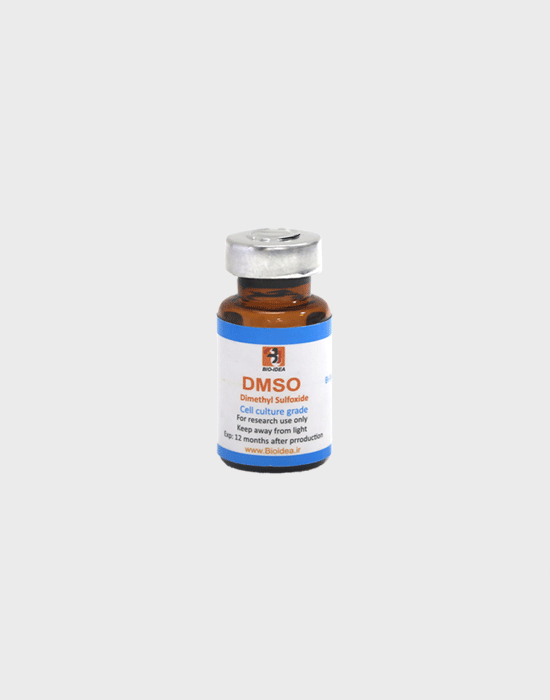
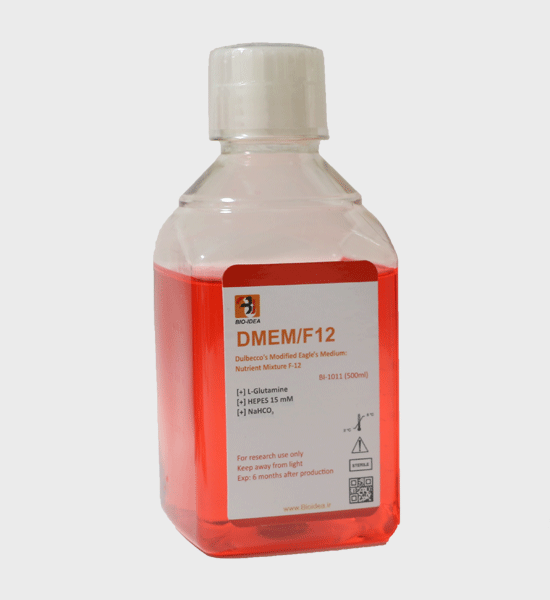

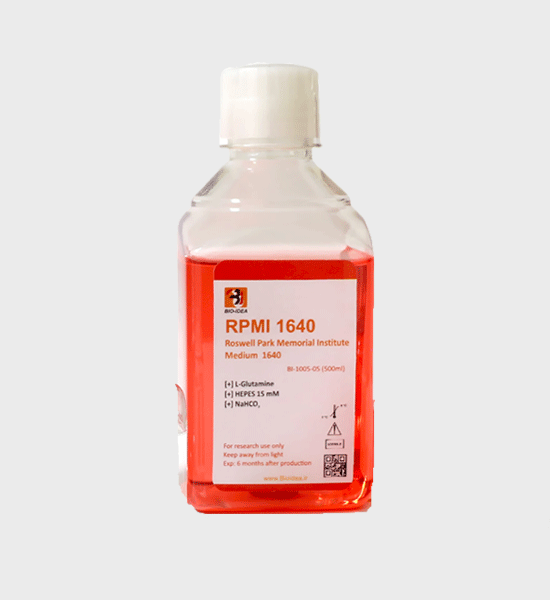
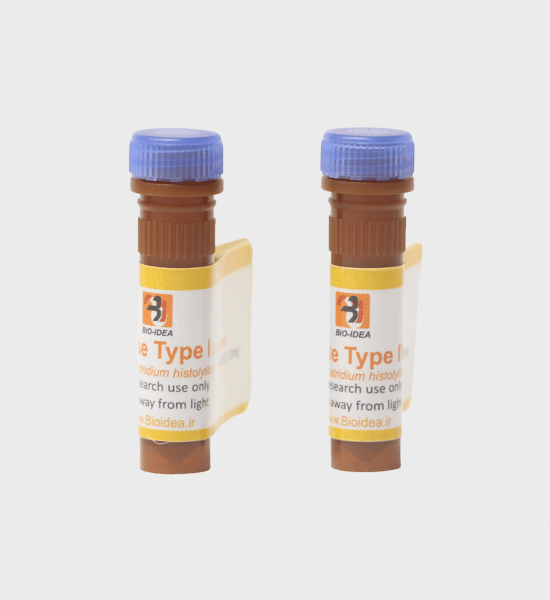
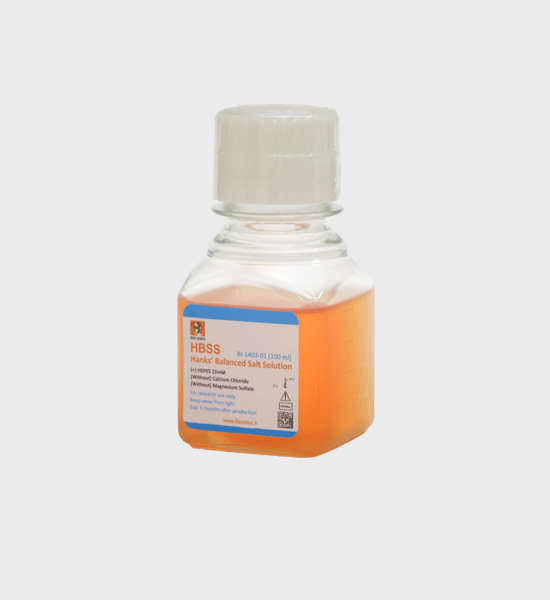
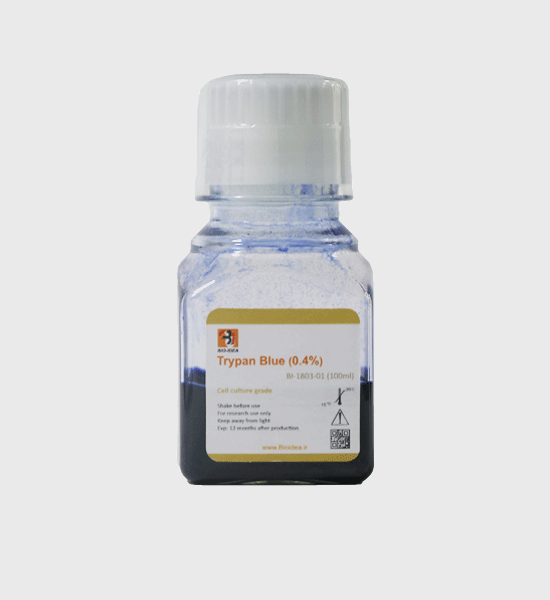
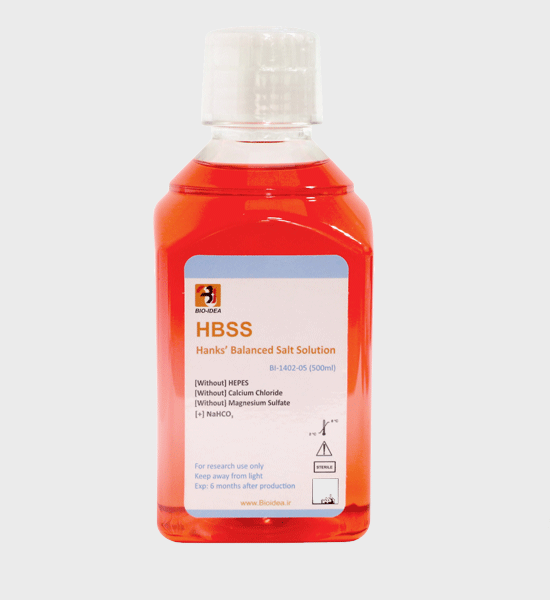

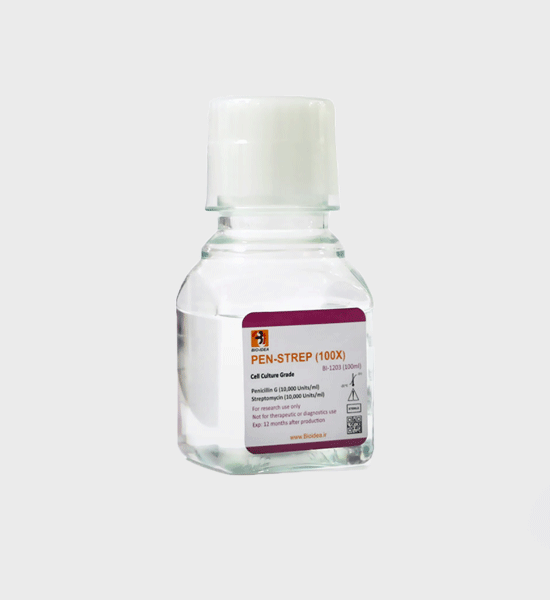
Reviews
There are no reviews yet.